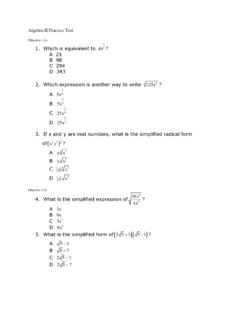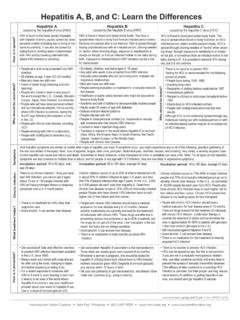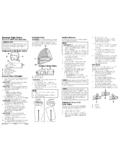Transcription of THE TRIPLE CROSS PRODUCT A B C - Bilkent University
1 THE TRIPLE CROSS PRODUCT ~ (B. A ~ C). ~. Note that the vector G ~ =B~ C~ is perpendicular to the plane on which vectors B~ and ~ lie. Thus, taking the CROSS PRODUCT of vector G. C ~ with an arbitrary third vector, say A, ~. ~ and thus lying in the plane of vectors B. the result will be a vector perpendicular to G ~. ~ Therefore, one can express the vector F. and C. ~ =A ~ G ~ as a linear combination of the ~ and C, vectors B ~ , ~ = mB. F ~ + nC. ~. ~ and noting Taking the scalar PRODUCT of the both sides of this expression with vector A, ~ F. that A ~ = 0 one obtains ~ B). m (A ~ + n (A. ~ C). ~ =0. ~ B. For this equality to be valid for any A, ~ and C, ~ one is tempted to write ~ C), m = (A ~ ~ B). n = (A ~. in which the unknown proportionality constant has been introduced so as serve for the above solutions to hold true with no loss in generality. Thus, one has ~ = A.
2 F ~ (B. ~ C). ~. n o ~ C). = (A ~ B~ (A. ~ B). ~ C~. B. ~ = k, Selecting arbitrarily A ~ = j, and C for instance, and substituting in the ~ = k, above equality, one obtains = 1. Hence, one eventually obtains the vector identity ~ (B. A ~ C). ~ = (A. ~ C). ~ B~ (A. ~ B). ~ C~.










